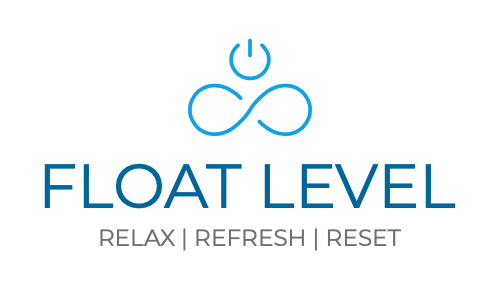To Open The Eyes Or Not To Open The Eyes… That is the question!
/I often get asked whether you should close your eyes or keep them open when in the pod so thought I’d write a little about the topic.
Now, first of all, there is no right or wrong answer here but there are different elements to consider depending on the type of experience you are looking for and, more importantly, what you physically need when it comes to your float session.
Closed Eyes
I often tell you floaters to do whatever feels most natural and comfortable when in the tank and for many, this will result in a closed eye experience. This can result in a deeply restful session and can be just what you need after a long day or even week at work. Typically, since floating weightlessly is such a relaxing experience, it will be common to fall asleep at some stage during your float. After all, when you lie down and close your eyes, your body and mind understand this routine as the go-to-sleep routine which we do every night.
The good thing is that to get to the point of sleep, you must first traverse the hypnogogic state, which is that often wondrous, highly creative state between wakefulness and sleep. With regular floating, it is possible to remain in this state for extended periods during your float. This can bring great insights and ideas… the only shame is you have to try not to forget these before the session ends!
You can induce Closed Eye visual experiences but interestingly these only tend to happen (aside from if you end up dreaming!) if you actively pay attention and try to focus on the back of your eyelids. However, this can sometimes feel tiring and you may drift off into sleep when you feel you can’t hold that focus anymore. (It’s a trick I use when I’m struggling to get to sleep!)
Open Eyes
You may think (and may have experienced) that in the darkness of the pod, there is no difference between opening and closing your eyes as both are equally dark. However, there is a very important distinction to make here:
- With your eyes open in total darkness, your brain will continually try to form an image of some description since our eyes and brain are a sophisticated pattern recognition system
This fact alone has been known for centuries as far back as Pythagoras and his followers who used to induce visual experiences and an altered state of consciousness by disappearing into pitch-black caves for days on end. This phenomenon has become known as sensory deprivation (in the case of removal of stimuli) or the Ganzfeld Effect (the use of a single uniform stimulus such as a single colour background) and has been studied by researchers now for decades.
Typically, it is much more likely to have a visual experience with your eyes open and these can be categorised into 5 levels:
1. Visual Noise – Pointillistic light/dark regions, Cloud-like shapes
2. Light/Dark Flashes – Flashes of bright light fading back into darkness
3. Patterns, Motion & Colour – Washes of colour, intricate geometric patterns
4. Objects & Things – Seemingly real (though often obscure) physical objects
5. Complete Override of Physical Perceptions – A visual overlay of a seemingly separate reality
It is quite typical to experience levels 1-4 in the pod. Level 5 is of course possible but a deep level of relaxation is required and as such, this has only happened in my experience during longer floats when you can reach and stay in a theta brainwave state for longer than a 60 minute float would allow.
So, next time you’re in the pod, why not experiment with the visual aspect and see what you can conjure up! Book your session here.

